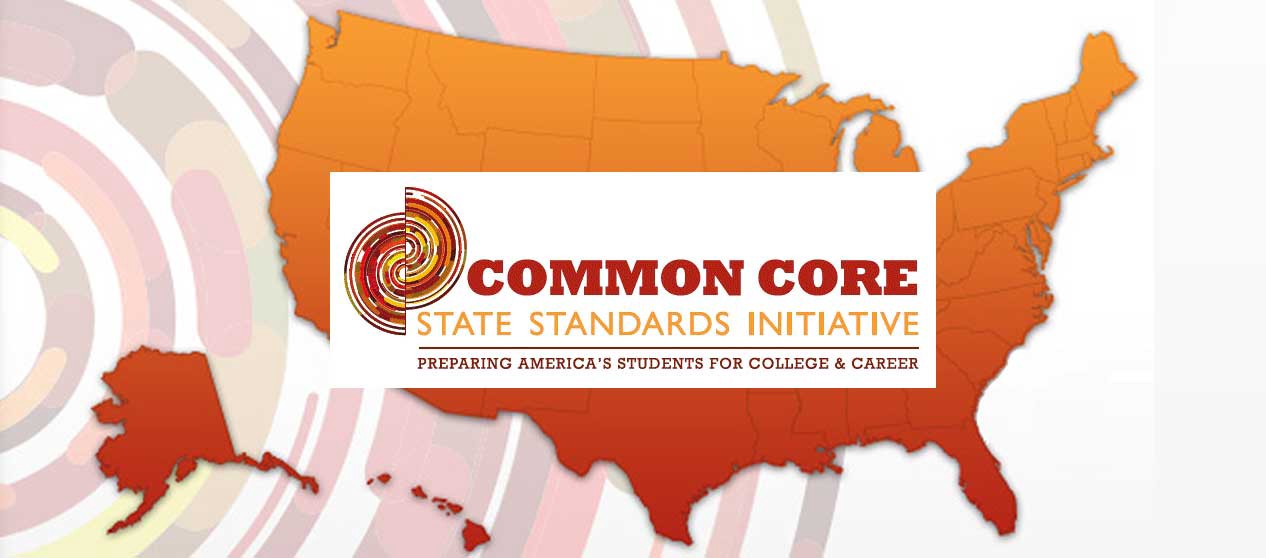Occasionally I will meet an adult who has somehow been convinced that America’s “common core” curriculum is rubbish. They look at the way that their child is solving a math problem, fail to comprehend the method or rationale that their child is using, and therefore assume it’s stupid.
It’s more than likely that the adult in question is stupid. At least in that particular moment.
In defense of the common core, I always say the following:
First, the curriculum that you were taught was different than your parents’ curriculum, too. And your parent’s curriculum was different than their parents’ curriculum. Curriculum is constantly evolving. Always changing. The previous generations of Americans were simply smart enough to avoid politicizing something that is better left to the experts.
They didn’t allow idiot pundits to change their mind about something they know almost nothing about.
So shut up about the way you were taught to do things. Your parents probably thought the same thing about the work you were doing in school. It didn’t make sense to them, either. They simply weren’t arrogant jackasses about it.
Then I write a problem like this down and ask the person to solve it.
562
– 387
I have yet to meet a person who does not regroup (or borrow) in order to solve this problem.
Teachers don’t like to use the word “borrow” in math these days because borrowing implies an eventual return of the borrowed item, which never happens in problems like these. When you “borrow” a number to subtract, it never goes back to its original place. It can therefore be confusing to some kids given the definition of “borrow,” but I have met adults who are angry over this simple, logical shift in terminology.
I just assume that these folks have far deeper issues related to self-worth.
Once the person is done solving the problem, I ask why they regrouped.
Answers vary, but it essentially comes down to one of two things:
I was taught that way, or you have to regroup (or borrow) to solve the problem.
Then I show them how to solve without regrouping. I explain that if you understand negative numbers, this problem becomes rather simple. No pencil and paper required. Instead of regrouping (or borrowing), simply think of the problem as
500-300
60-80
2-7
Or 200 – 20 – 5 = 175
I might have also solved the problem using rounding to change the problem to 562 – 400 + 13.
Also simple.
Thanks to my understanding of what lies behind the simple algorithms, I can solve problems like these almost instantly in my head. So can many of my students.
But when these same students go home and try to explain these concepts to close-minded parents who are either upset that they don’t understand the math or have been convinced by a politician that this new common core is bad, things don’t go well.
They become angry.
They can’t understand why their child isn’t just borrowing from the hundreds and the tens. They blame the curriculum when the real problem is that they can accurately solve a math problem but don’t understand why their solution works.
It’s understanding the why that leads to a career in the STEM fields.
It’s the why that turns children into future scientists, engineers, astronauts, programmers, biotech researchers, financial analysts, actuaries, and more.
Before you become upset that your child’s curriculum makes no sense to you, try to remember that this is nothing new. You’re not special. Curriculum has been evolving for as long as education was formalized in a school setting, and it will continue to evolve.
Americans of the past simply trusted the experts, avoided leaping to conclusions, asked good questions, and didn’t allow politicians and pundits to dictate their opinions.










